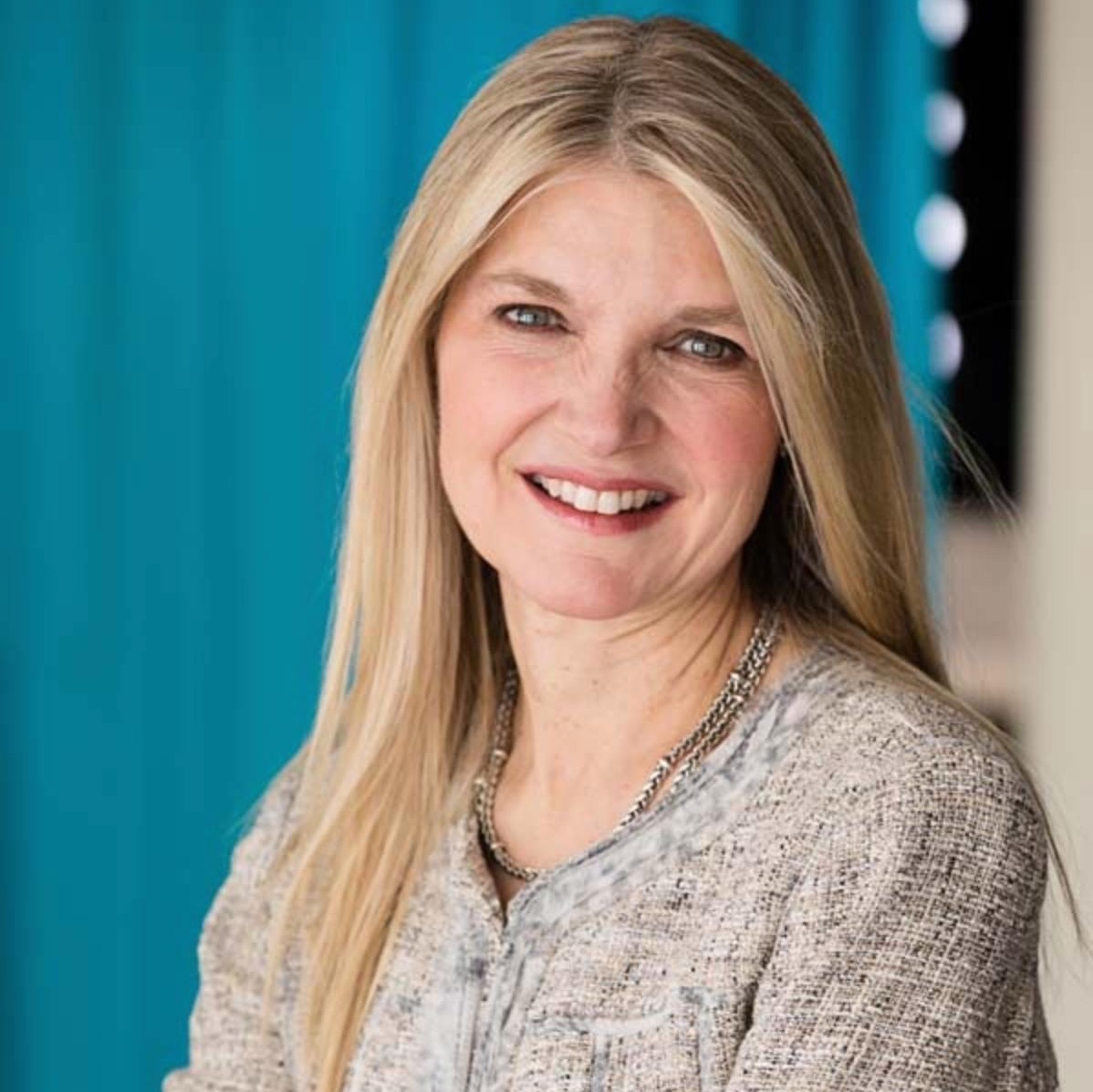Many of my clients have been discussing the challenges they face in their careers, their personal lives and even their investment portfolios as they struggle to keep up with how COVID-19 is impacting our economy.
Let’s face it, daily market swings of 1,000 points can unleash a flood of adrenaline in anyone — even seasoned investment professionals. Add to this the need to reach for hand sanitizer every five minutes, the empty grocery store shelves and the uncertainty we are facing about whether we will be working from home, and being anxious seems like a pretty normal response.
One thing all unexpected challenges have in common is, we are grappling with imperfect information. Even though we don’t know all the facts, we still need to stay focused on the present and take the next right action — one row of the oar at a time.
When navigating unexpected change and disruption of this magnitude, it’s vital to remember that the first person you need to be able to trust in a crisis is yourself. While this may seem obvious, when an unexpected threat like COVID-19 starts monopolizing the media, changing your work schedule and impacting your family, you have to be prepared for the eruption of feelings this can unleash in your inner world. Can you trust what the authorities are telling you to do? How can you inspire the trust of your team and your key clients during this challenging time? Who can you trust to advise you how to best protect your family?
If there’s one silver lining at the heart of this challenging time, it’s that this is an opportunity for all of us to clarify the conversations we are having with ourselves under pressure. We can’t afford to ignore facts just because they don’t fit into a narrative scripted for us by others. We need to tune into our feelings, interact with others in a way that inspires trust, and make choices that align with our genuine values.
Over the past 20 years, one of the foundational skills I teach people in my coaching practice is how to shift the pace of what’s unfolding in their inner worlds to increase their outer efficiency under pressure. I developed the Lifeboat Process from lessons I gleaned by studying how Titanic survivors pulled together to beat the odds in one of history’s most famous maritime disasters. Part of the Lifeboat Process helps people delineate the stages they progress through in their inner worlds when they find themselves grappling with unexpected threats and external challenges.
My lifelong fascination with the story of the Titanic has prompted me to ponder the questions that many of us might have asked ourselves if we had been passengers on this historic ship. After all, nobody on the Titanic was prepared for this luxury excursion to suddenly devolve into a primal struggle for survival in the middle of the Atlantic Ocean!
When circumstances change abruptly, the norms that guide our behavior and the strengths we need to draw on to succeed often have to change as well. With this in mind, it’s helpful to consider that many of the questions Titanic survivors asked themselves on the fateful night that their “ship of dreams” went under are the same questions it’s vital to ask ourselves today when we face unexpected change:
What do I do if I sense trouble?
How do I find inner strength under pressure?
Who can I trust in a crisis?
When the stakes are high, trust isn’t conceptual. It isn’t a word scrawled on a whiteboard. Making wise decisions about who to trust and why to trust them can make the difference between failure, success and even survival — even on the high seas of finance.
Both in work and in life, we all realize that there are some situations we simply can’t handle alone. Dealing with a game-changer like COVID-19 is one of them. Similarly, the lifeboat survivors from the Titanic knew they needed each other. None of them could have survived in the middle of the Atlantic Ocean alone. To live to greet another day, the Titanic survivors had to cultivate a felt-sense of who needed emotional support, who needed rest, and who they could trust to row for another hour.
Here are a three tips from my upcoming book Lifeboat that can help you make the internal shift necessary to strengthen your relationship with yourself, clarify who you can trust, and help you align your actions with your genuine values during this challenging time:
Try to take 20 to 30 minutes during the day to operate at half your normal speed. Doing this will help you become mindful of the quality of the conversations you are having with yourself — and will bring you back to a practical sense of the positive things you can do in the present moment.
Stay aware of small things you can do to support others. Nothing breaks the chains of isolation and quells the fear of impending doom like taking simple actions such as giving directions even though you are in a hurry, sharing helpful information, or doing simple things boost the morale of others.
Become curious about the steps that unfold in your inner world when you find yourself imagining the worst. By learning to delineate the inner stages you cycle through that lead you from a concern to an imagined crisis, you can train yourself to script a personal narrative that doesn’t exaggerate your fears and points you toward practical and constructive action.
These simple steps will help you strengthen your relationship with yourself and prepare you to respond effectively to some of the new risks we are facing on the job.
What are these new risks?
There are risks in terms of our ability to communicate effectively, maintain morale and take effective action.
When an unexpected crisis strikes, internal communication patterns can be an important clue to an organization’s ability to operate with agility under pressure. Stressed employees and anxious customers are always having a conversation with themselves as they assess information — and wait for it.
When it comes to morale, this is a time to proactively address the challenges employees may be battling internally as they strive to take effective actions externally. Validating the needs of others protects resources that may be tough to quantify but priceless to your firm: loyalty, motivation and courage.
As far as effective action is concerned, it’s also vital for employees at all levels to make sure the messages they are conveying and the actions they are taking are aligned as this crisis unfolds. Whenever we proffer a strategic plan, it’s imperative to be able to execute this in a manner that models an approach to problem solving that support’s the firm’s culture.
Remember, once the Titanic survivors found themselves huddling together on small watercraft watching the Big Ship go under, they weren’t just on another boat — they were in another world. Similarly, we can’t know what the impact of challenges like COVID-19 will be for our careers, our families and our world until more information emerges. What we do know is that, by doing the inner work necessary to prepare for unexpected change, our outer fate will be aligned with our genuine values and the highest and best use of our talents in changing times.
 Maggie Craddock, president and founder of Workplace Relationships, is an executive coach who has worked with clients at all levels of the professional spectrum. Before building her executive coaching business, Craddock worked for more than a decade in the financial services industry and received two Lipper Awards for top mutual fund performance. Her latest book, Lifeboat (New World Library) will be available May 2020; her previous publications are The Authentic Career and Power Genes.
Maggie Craddock, president and founder of Workplace Relationships, is an executive coach who has worked with clients at all levels of the professional spectrum. Before building her executive coaching business, Craddock worked for more than a decade in the financial services industry and received two Lipper Awards for top mutual fund performance. Her latest book, Lifeboat (New World Library) will be available May 2020; her previous publications are The Authentic Career and Power Genes.














Speak Your Mind
You must be logged in to post a comment.